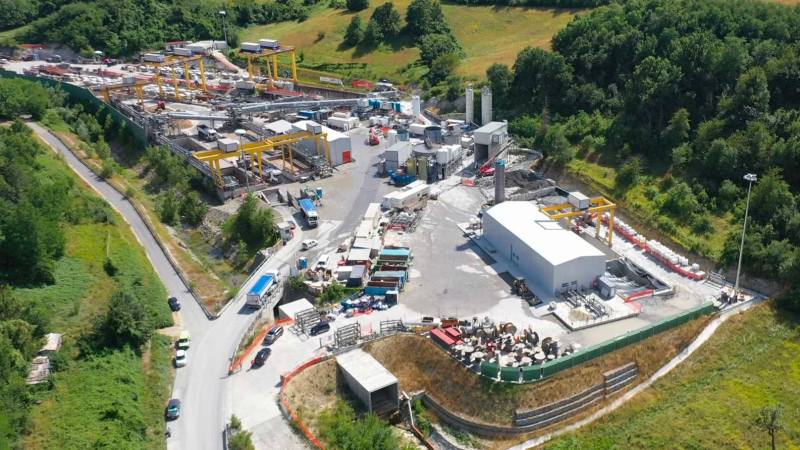Italy’s road transport industry is facing one of its most significant challenges in recent history due to a severe shortage of industrial vehicle drivers. According to a study by the Cgia di Mestre, there is currently a shortfall of approximately 22,000 truck drivers, a deficit that is already impacting the country’s ability to ensure the smooth transport of goods. With 80% of goods in Italy moving by road, this issue has the potential to escalate into a national crisis.
Data shows that over the past five years, the number of holders of the Driver Qualification Card (CQC) has decreased by nearly 410,000, a drop of 35%. The age group between 30 and 54 has been hit particularly hard, experiencing an average decline of 45-50%. If this trend continues, within the next ten years, half of the current drivers will have retired, with no adequate generational turnover to replace them.
The crisis is not limited to the driver shortage but extends to the transport companies themselves. Over the past decade, the number of active companies in the sector has decreased by over 21,000, falling from 101,935 in 2013 to 80,687 in 2023—a contraction of 20.8%. The regions most affected include Valle d’Aosta, Friuli Venezia Giulia, and Lazio, all of which have seen declines exceeding 30%.
While the summer brought a temporary reduction in the number of industrial vehicles on Italian roads—thanks to the closure of many factories and shops for the holidays—experts warn that this decrease is only temporary. With the resumption of activities in September, the driver shortage problem is expected to resurface with even greater intensity. The sector’s reorganization, which has seen an increase in mergers and acquisitions, may not be enough to compensate for the lack of qualified personnel.
The situation is so dire that various solutions are being explored to address the problem. These include incentives for hiring foreign drivers and the use of international carriers, as well as hopes that autonomous trucks could be introduced to the market at affordable prices in the near future. However, these possibilities face the harsh reality of Italy’s declining birth rate, which will further reduce the available workforce.































































